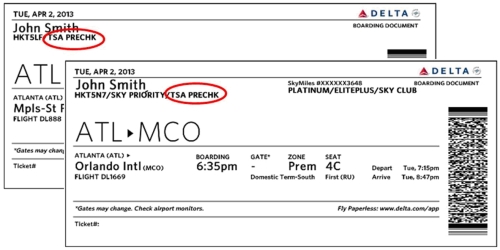Wal-Mart has had a tough go over the last few years. Sure, they are still a huge force in retailing but they have run into a variety of operational problems largely related to in-store execution. (See. for example, this post.) Now the Wall Street Journal reports that Wal-Mart is gearing up for the holidays by trying to address some customer service pain points (Returning to Wal-Mart: Human Cashiers, Aug 15).
In an attempt to lure more customers this holiday season, Wal-Mart Stores Inc. is promising to staff each of its cash register from the day after Thanksgiving through the days just before Christmas during peak shopping times.
The move, called the “checkout promise,” is aimed at addressing one of the retailer’s biggest customer complaints: long waits in checkout lines, which can cause even more frustration when positions aren’t fully staffed. The pledge will cover hours typically on weekend afternoons but which can vary by store.
“We feel good about price and having the top gifts of the season, so the next priority is about getting customers in and out of the stores quickly,” Duncan Mac Naughton, Wal-Mart’s chief merchandising officer, said in an interview. “Taking the possibility of waiting in long lines off the table will attract more people into stores.” …
On Thursday the retail giant said it allocated more hours to the front end of the store, to overnight stocking, and to deli and bakery to improve customer service during the most recent quarter.
Here are two questions that are worth thinking about. (more…)



